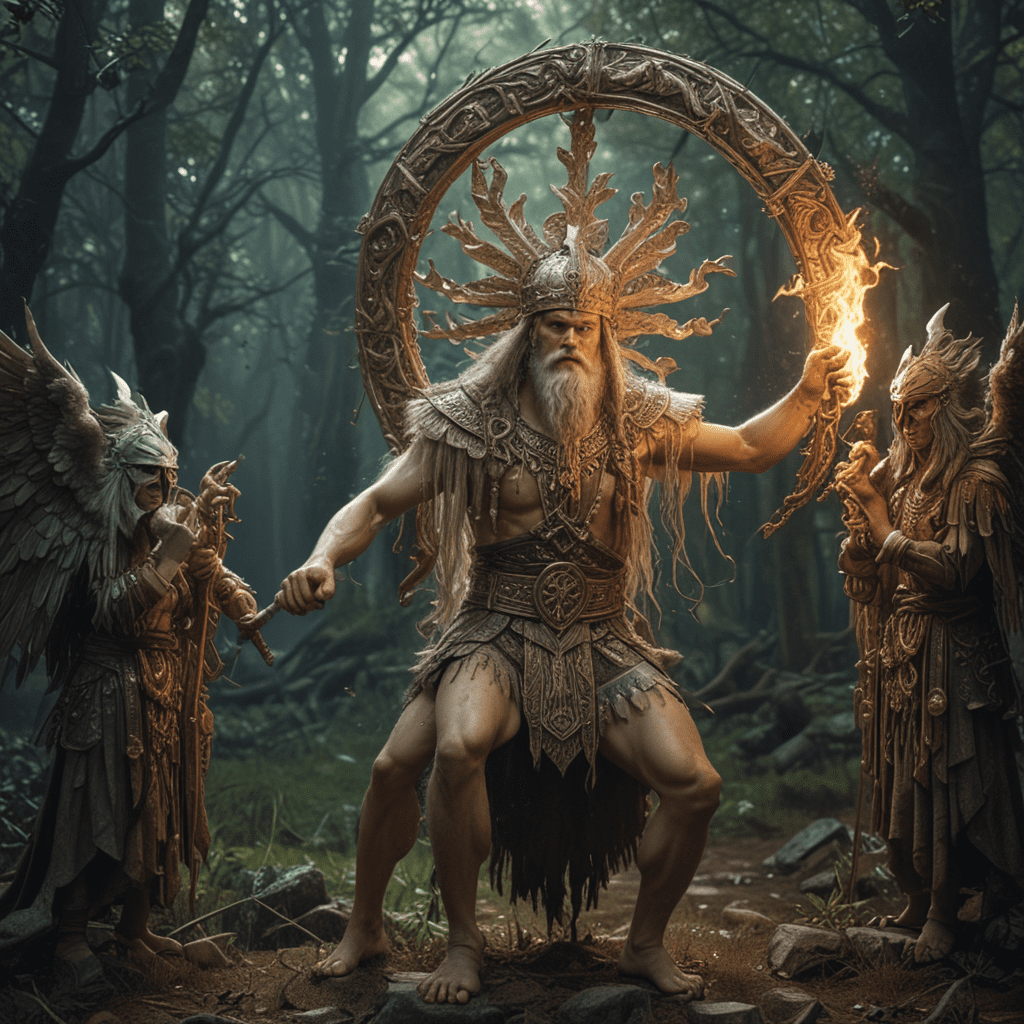The Role of Temples and Sacred Sites in Norse Mythology
Welcome to our exploration of the fascinating world of Norse Mythology! In this blog post, we delve into the significance of temples and sacred sites within the context of Norse beliefs and practices.
The Belief System of Norse Mythology
Norse mythology is a collection of myths, legends, and beliefs originating from the pre-Christian North Germanic peoples, particularly the tribes of the Vikings. Central to Norse Mythology are gods, goddesses, and various mythical creatures who inhabited the Nine Realms, including Asgard, their realm of divine power.
Temple Construction and Purpose
Temples were an integral part of Norse religious practices. Known as “hof” in Old Norse, these temple structures were erected primarily to honor and worship the gods. They served as places of communal gathering for religious ceremonies, sacrifices, and rituals dedicated to the deities.
Sacred Sites and Natural Landscapes
In addition to temples, Norse mythology also attributed sacredness to natural landmarks such as mountains, lakes, and groves. These sites, known as “hofstaðir,” were believed to be imbued with spiritual energy and were often the settings for sacred ceremonies and gatherings.
Connection Between the Physical and Spiritual Worlds
For the Norse people, temples and sacred sites functioned as bridges between the physical realm and the spiritual world. It was believed that through these places of worship and reverence, they could establish contact with the divine forces and receive blessings, protection, and guidance from the gods.
Overall, the temples and sacred sites in Norse mythology played a crucial role in deepening the connection between the mortal realm and the divine realm, shaping the religious practices and beliefs of the ancient Norse peoples.
FAQ about the Role of Temples and Sacred Sites in Norse Mythology
What significance do temples and sacred sites hold in Norse Mythology?
Temples and sacred sites in Norse Mythology act as focal points for rituals, offering places for worship, sacrifices, and communication with gods and spirits.
Which are some notable temples and sacred sites in Norse Mythology?
Examples include the great temple at Uppsala in Sweden, associated with sacrifices and religious gatherings, and the sacred site of Þingvellir in Iceland, where the Althing, an important legislative and judicial assembly, took place.
How were temples and sacred sites perceived by the Norse people?
These sites were considered as connections between the mortal world and the divine realms, where gods, spirits, and ancestors could be honored and revered. They were places of community gatherings, religious ceremonies, and cultural expressions.



